Blog Layout
Interesting facts about SALT.
DJAB • March 13, 2021
Are You Consuming Too Much Salt?

The body uses sodium to regulate the amount of bodily fluid and to help the nervous and muscular systems function properly. Eating salt, either as a manufacturing additive in processed foods or through the standard salt shaker on most dining tables, is one of the primary ways we get essential sodium in our diets. However, problems can arise when the human body takes too much salt.
1. You'll Get Thirsty A Lot
Most people consuming too much sodium will find they are more thirsty than usual. The body needs extra fluids to help flush out the excess amount of sodium and restore its natural balance. As more salt is consumed, the thirstier you will become until the excess sodium is washed out of your body.
2. Excessive Bathroom Breaks
If excess salt makes you thirsty, it should come as no surprise that you'll likely spend more time in the bathroom, urinating. Sodium makes the body retain water, which causes the kidneys to become more active in trying to eliminate the excess to keep the body's fluids in balance. As kidney function increases, the bladder fills up with urine and causes frequent urges to run to the toilet.
3. You Will Start To Swell Up
Excess sodium interferes with the kidneys' ability to function. As a result, they cannot flush the fluid out of the body as efficiently as before. Some of the excess fluid gets squeezed into the spaces between cells when it cannot be discharged from the body. This is edema and has side effects such as large bags under the eyes and swelling in the feet.
4. Food Becomes Less Appealing
Some people build up a tolerance to the taste-related effects of sodium, and over time, foods start to taste bland not only when they have no salt, but even after a few sprinkles of the salt shaker. This blandness causes people to increase their use of salt when dining, which compounds the problem.
5. You May Start to Get Headaches
Too much salt leads to dehydration in the body and this can lead to headaches. The problem is that dehydration can shrink the brain and cause it to shift away from the skull. This can induce pain until the brain swells back up to normal size once you drink enough fluids to rehydrate.
6. Cravings for Salty Foods
Salt cravings are typically the result of a calcium shortage in the blood. Eating salt reduces the shortage because it draws calcium out of the bones and the body sees this as correcting the deficiency. However, when the bones lose calcium, the body reacts to this shortage, instead and will begin to crave salt in addition to a host of calcium deficiency symptoms.
7. Health Issues
Two key health issues can arise from consuming too much salt:
- Kidney Stones: An excess amount of salt often leads to excess protein, which can increase the amount of uric acid in the blood. Too much uric acid can lead to kidney stones.
- High Blood Pressure: Sodium increases the amount of fluid in the body, which puts a strain on the cardiovascular system tasked with moving blood and other fluids. The increased strain can cause raised blood pressure.
8. Do You Need Any Salt?
Yes, the human body needs a certain amount of salt to function properly. The exact amount is up for debate since consumption varies in different areas of the world. The rule of thumb in the United States is under 2,300 milligrams per day. This is equal to about a half teaspoon and includes salt from all the sources in your diet.
9. Sources of Excess Salt
Most people know processed food manufacturing and commercial kitchens use a lot of salt. Because we do not see how much the makers add to these foods, it's easy to forget how much is there and consume excessive amounts. Almost 80% of the sodium in an American diet comes from foods such as deli meats, baked goods, cheese, condiments, sodas, and frozen meals.
10. How to Reduce Salt
Reading food labels carefully enables you to keep track of how much salt a product contains and either factor that into consumption or find an alternative. Making food from scratch, from fresh or natural ingredients with no added salt, lets you control exactly how much salt you're consuming. Many nutrition professionals recommend increasing fresh fruits, vegetables, and meats in the diet in order to reduce salt intake. Adding other seasonings, such as herbs and acid-based dressings (homemade, not store-bought, which contain added salt) can bring out the tastes in foods in a healthier manner.
The 12 Different Types of Salt + How to Use Each
In the kitchen, there's no ingredient more important than salt. Aside from being one of the five basic tastes (salty, sweet, bitter, sour, and umami), salt has properties that release food molecules into the air, giving the food an aroma - an integral part of taste. If you've ever eaten your favorite food while suffering a cold, you'll know just how important smell is. That's why the different types of salt are important to distinguish between.
Salt also highlights and suppresses the different flavors we perceive in our food. In small amounts, salt curbs bitterness, but enhances sweet, sour and umami, giving sweet and sour dishes a more two-dimensional taste. At higher concentrations, it reduces sweetness and enhances umami, making it perfect for savory and meat dishes.
Salt makes food taste good, and that's that. Simple. Right? Well...
Any trip to a gourmet spice aisle will tell you differently. Finely ground powders and coarse, irregular chunks in rainbow hues - deep, crystalline black, iron red, rose pink, fire red and sea grey - await you. Surprising as it may be, there's good reason to keep these varieties around in the kitchen. Let's take a look at 12 different types of salt and what they're best for.
1. TABLE SALT
Table salt - the most common - is harvested from salt deposits found underground. It's highly refined and finely ground, with impurities and trace minerals removed in the process. It's also treated with an anti-caking agent to keep from clumping.
Most table salt is iodized, meaning iodine has been added to prevent iodine deficiency, which can (and does, in much of the world) cause hypothyroidism and other maladies.
2. KOSHER SALT
Koshering salt - or kosher salt, in the U.S. - is flakier and coarser-grained than regular table salt. Its large grain size makes it perfect for sprinkling on top of meat, where it releases a surprising blast of flavor. Kosher salt also dissolves quickly, making it a perfect all-purpose cooking salt.
However, most kosher salt does not contain any added iodine, and only rarely any anti-caking agents. Despite the name, all kosher salt is not certified kosher. Rather, it's used in the koshering process, when surface fluids are removed from meat through desiccation.
3. SEA SALT
Harvested from evaporated seawater, sea salt is usually unrefined and coarser-grained than table salt. It also contains some of the minerals from where it was harvested - zinc, potassium, and iron among them - which give sea salt a more complex flavor profile.
"Sea salt" is a pretty broad term, as it includes some of the specialty salts described below. Sprinkle it on top of foods for a different mouth feel and bigger burst of flavor than table salt.
4. HIMALAYAN PINK SALT
Of the different types of salt, Himalayan salt is the purest form of salt in the world and is harvested by hand from Khewra Salt Mine in the Himalayan Mountains of Pakistan. Its color ranges from off-white to deep pink. Rich in minerals - it contains the 84 natural minerals and elements found in the human body - Himalayan salt is used in spa treatments, as well as the kitchen.
Its mineral content gives it a bolder flavor than many other salts, so use it as a cooking and finishing salt - or to add a bit of flair to a salt-rimmed margarita! Slabs of the stuff are used for cooking and serving (Himalayan salt retains temperature for hours), and unfinished pieces often appear in shops as lamps.
5. CELTIC SEA SALT
Also known as sel gris (French for "grey salt"), Celtic sea salt is harvested from the bottom of tidal ponds off the coast of France. The salt crystals are raked out after sinking; this, plus the mineral-rich seawater its extracted from, gives Celtic salt its moist, chunky grains, grey hue and briny taste.
It's great on fish and meat as both a cooking and finishing salt, as well as for baking.
6. FLEUR DE SEL
Literally "flower of salt," fluer de sel is a sea salt hand-harvested from tidal pools off the coast of Brittany, France. Paper-thin salt crystals are delicately drawn from the water's surface, much like cream is taken from milk. This can only be done on sunny, dry days with a slight breeze, and only with traditional wooden rakes. Because of its scarcity and labor-intensive harvesting, fleur de sel is the most expensive salt (five pounds will run you a cool $80), earning it the nickname "the caviar of salts."
It retains moisture, and has blue-grey tint, from its high mineral content and oceanic beginnings. If you can afford it, use fleur de sel as a finishing salt to add an impressive dash of flavor to meat, seafood, vegetables, even sweets like chocolate and caramel.
7. KALA NAMAK
Kala namak ("black salt" in Nepalese) is Himalayan salt that's been packed in a jar with charcoal, herbs, seeds and bark, then fired in a furnace for a full 24 hours before it's cooled, stored and aged.
This process gives kala namak its reddish-black color, its pungent, salty taste and a faint, sulfurous aroma of eggs. It's often used in vegan and vegetarian dishes to give egg-free dishes the taste of egg.
8. FLAKE SALT
Harvested from salt water through evaporation, boiling or other means, flake salt is thin and irregularly shaped with a bright, salty taste and very low mineral content.
This shapes means the crunchy flake salt dissolves quickly, resulting in a "pop" of flavor. Of the different types of salt, use it as a finishing salt, especially on meats.
9. BLACK HAWAIIAN SALT
Also known as black lava salt, black Hawaiian salt is a sea salt harvested from - you guessed it - the volcanic islands of Hawaii. It gets its deep, black color from the addition of activated charcoal.
Coarse-grained and crunchy, black Hawaiian salt is great for finishing pork and seafood.
10. RED HAWAIIAN SALT
Also called alaea salt, this unrefined, red Hawaiian salt gets its name and color from the reddish, iron-rich volcanic clay alaea.
Used for centuries in ceremonial ways for cleansing, purification and the blessing of tools, red Hawaiian salt is also great in the kitchen, adding an attractive finish and robust flavor to seafood and meat, as well as traditional island dishes like poke and pipikaula, a Hawaiian jerky.
11. SMOKED SALT
Slow-smoked up to two weeks over a wood fire (usually hickory, mesquite, apple, oak or alder wood), smoked salt adds an intense and, yes, smoky flavor to dishes.
Depending on the time smoked and the wood used, tastes will vary from brand to brand. Smoked salt is the best of the different types of salt to use for flavoring meats and heartier vegetables, like potatoes.
12. PICKLING SALT
Used for pickling and brining, pickling salt does not contain any added iodine or anti-caking agents, nor many of the trace minerals of sea salt, which can cause ugly discoloration of the preserved food.
Thank you for your support in listening and sharing this and hopefully, you have found it beneficial.
"Providing Better Health Through Knowledge"

Slide title
Write your caption hereButton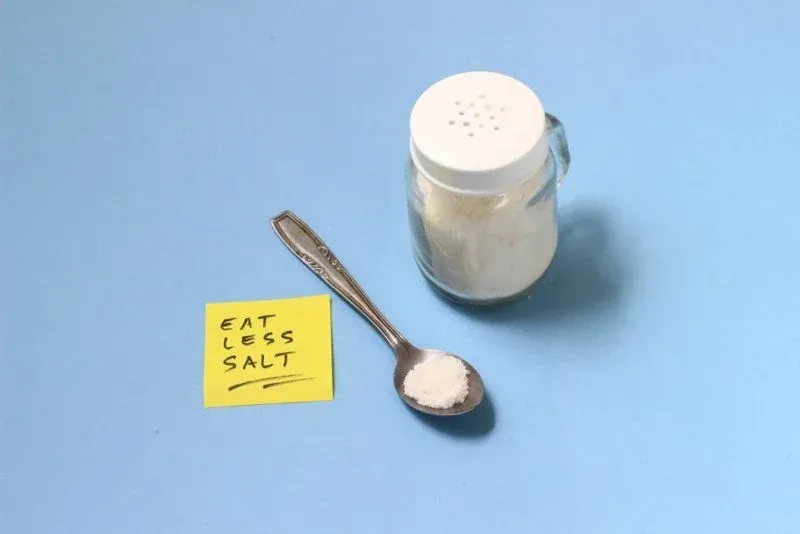
Slide title
Write your caption hereButton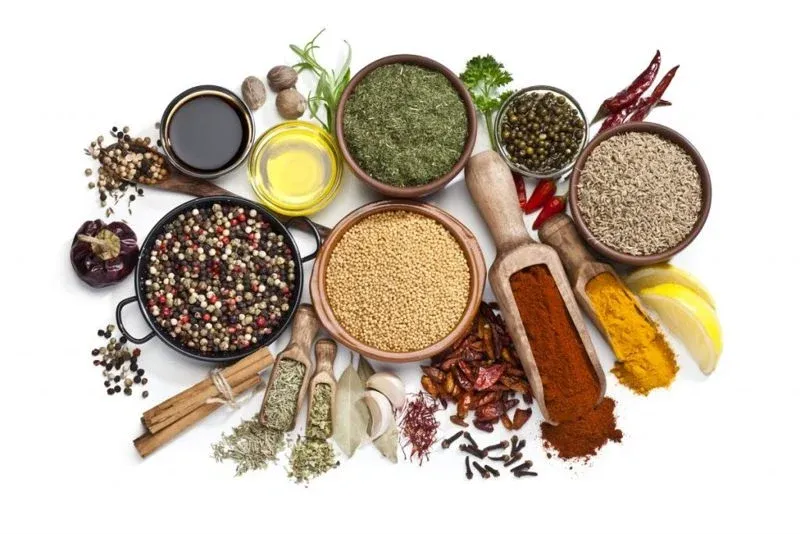
Slide title
Write your caption hereButton
Slide title
Write your caption hereButton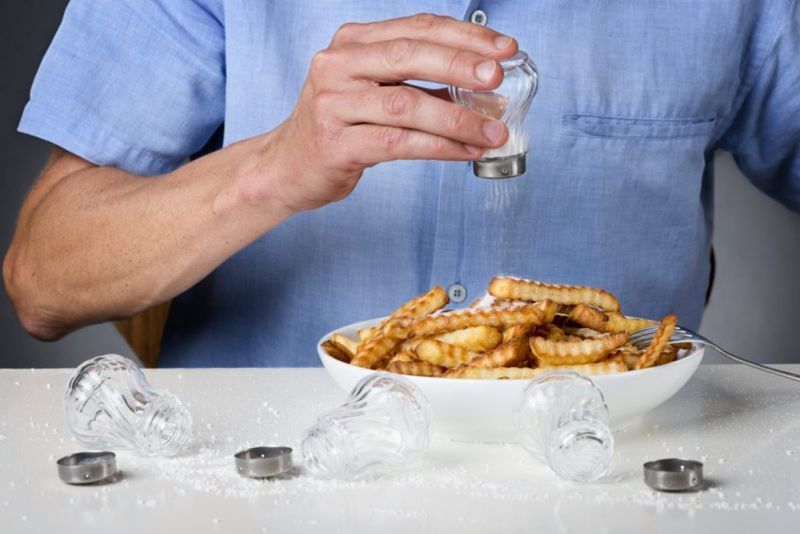
Slide title
Write your caption hereButton
Slide title
Write your caption hereButton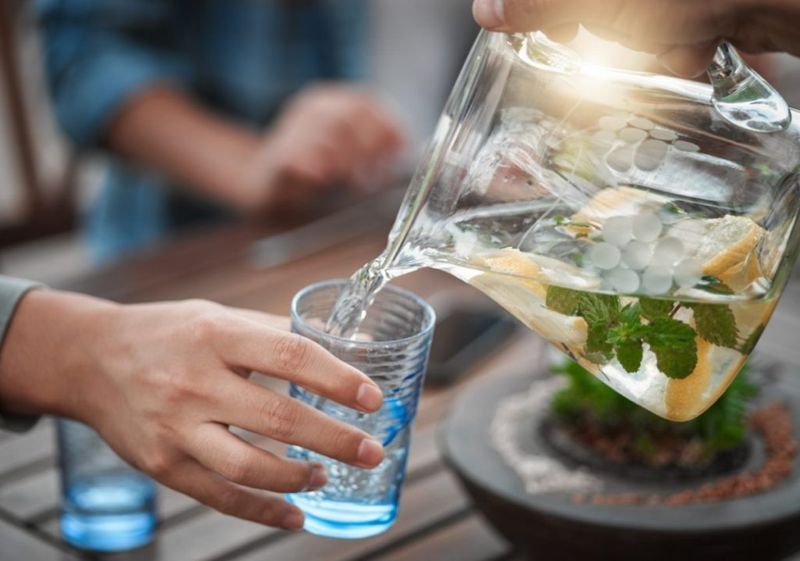
Slide title
Write your caption hereButton
Slide title
Write your caption hereButton

By DJAB
•
April 8, 2022
Glutathione - Collagen - L-Carnitine - Vitamin C
Four ingredients when taken alone can certainly support the body and provide added benefits. However, combined them together and you definitely will have the opportunity to not only feel, but see improvements.
Knowledge is like adding another book to your library.
“People Helping People in Health and Wellness”
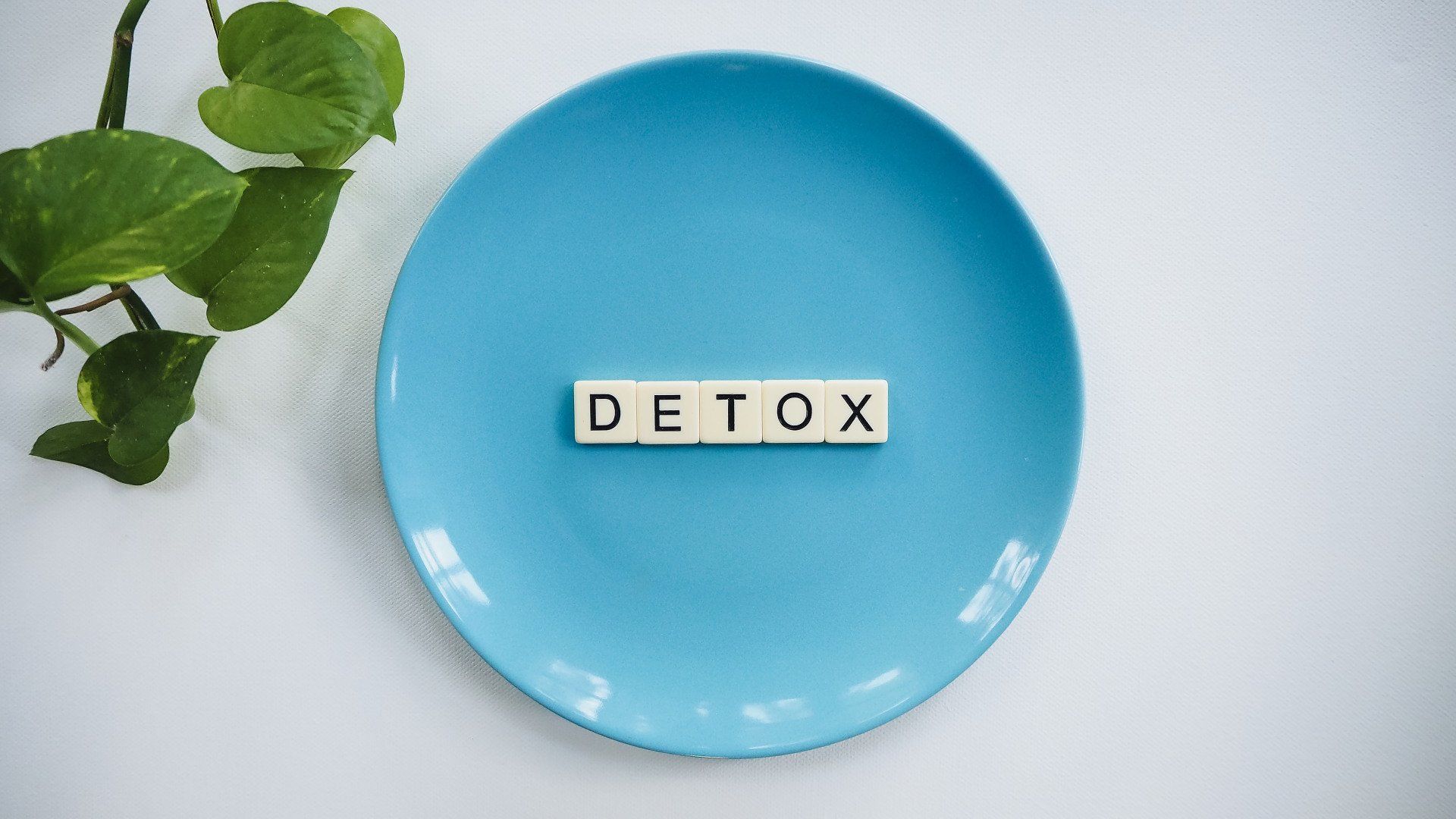
By DJAB
•
January 9, 2022
Why Detoxing is Beneficial.
Detoxification — or detox — is a popular buzzword.
It typically implies following a specific diet or using special products that claim to rid your body of toxins, thereby improving health and promoting weight loss.
Fortunately, your body is well-equipped to eliminate toxins and doesn’t require special diets or expensive supplements to do so.
That said, you can enhance your body’s natural detoxification system.
Thank you for your support in reading this article and hopefully, you have found it beneficial.
"Providing Better Health Through Knowledge"

By DJAB
•
November 24, 2021
Many people rely on quick, processed foods for meals and snacks. Since these products often contain added sugar, it makes up a large proportion of their daily calorie intake.
In the US, added sugars account for up to 17% of the total calorie intake of adults and up to 14% for children.
Dietary guidelines suggest limiting calories from added sugar to less than 10% per day.
It is believed that sugar consumption is a major cause of obesity and many chronic diseases, such as type 2 diabetes.
Here are some reasons why eating too much sugar is bad for your health.
Thank you for your support in reading this article and hopefully, you have found it beneficial.
"Providing Better Health Through Knowledge"
Disclaimer: All content and media on this website is created and published online for informational purposes only. It is not intended to be a substitute for professional medical advice and should not be relied on as health or personal advice.
Always seek the guidance of your doctor or other qualified health professional with any questions you may have regarding your health or a medical condition. Never disregard the advice of a medical professional, or delay in seeking it because of something you have read on this website.
"Copyright 2021. Dr. Joseph Ahrens and Logo are trademarks of Dr. Joseph Ahrens LLC. All rights reserved."
